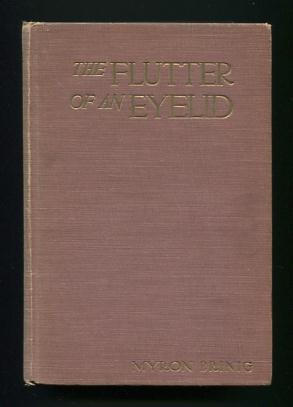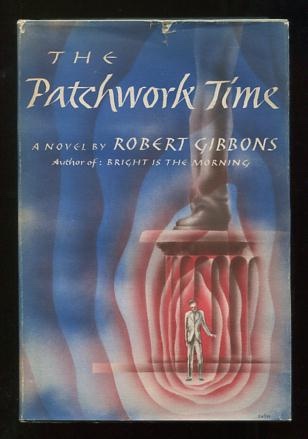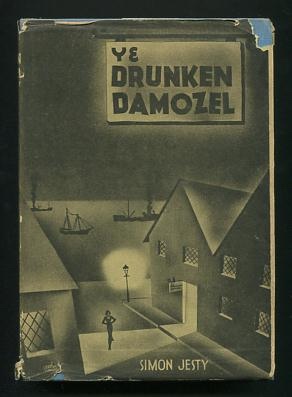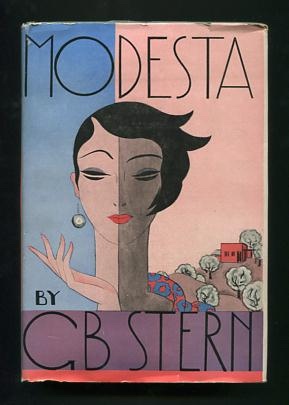
The Flutter of an Eyelid
$450.00 USD • Used
(no dust jacket) [rear hinge cracked but not separated, slight bumping/fraying at most corners, fading to spine cloth, generic bookplate adhered to the front endpaper; gilt lettering on front cove...
Store: ReadInk [View Items]
(no dust jacket) [rear hinge cracked but not separated, slight bumping/fraying at most corners, fading to spine cloth, generic bookplate adhered to the front endpaper; gilt lettering on front cover and upper spine a bit rubbed but still easily readable]. Very scarce novel set in Southern California in the 1920s, and a lost classic if there ever was one (or at least it used to be; see below*). One modern-day commentator has observed that the book was "killed by neglect" (receiving only a single review -- a pan -- in the Saturday Review of Literature), but as Kevin Starr relates in "Material Dreams: Southern California Through the 1920s," its fate may have been a bit more complicated than that. The book was, in fact, a scabrously satirical portrait of Southern California's bohemian community, and in particular of prominent L.A. bookman Jake Zeitlin and his circle of friends and associates (which included Merle Armitage, Edward Weston and others). Since it was Zeitlin himself who had originally introduced the author to this group -- invited him in, essentially -- he quite justifably viewed the book as an "insulting betrayal" (Starr's words), and in fact took steps took legal steps against it. According to Starr's account, Brinig's caricature of Zeitlin ("Sol Mosier" in the book) was anti-Semitic "even by the most forgiving of standards," and Zeitlin, having seen a set of galleys prior to publication, threatened a lawsuit; the result of all this kerfuffle was that "the most offensive portions of Brinig's savaging of Zeitlin were removed" from the book as published. In spite of (or maybe because of) remaining out of print for more than 85 years, the book achieved a kind of quasi-mythic reputation. It's been cited as both a landmark in Southern California fiction and an early gay-themed novel, and has been referenced in several scholarly works: it was mentioned in passing by David Ulin in the introduction to his 2002 anthology "Writing LA" (although he misspelled the author's name, and didn't include an excerpt), and discussed at some length by David Fine in his excellent book "Imagining Los Angeles: A City in Fiction." Fine described it as possibly "the strangest novel to come out of the territory -- a novel not set in Hollywood or dealing with the making of movies, but saturated with every fantasy and dream associated with the region." It was also admired (if that's the word, and maybe only for California-haters) for its apocalyptic finale, in which the state is struck by a massive earthquake and (you guessed it) falls into the ocean -- "not the first or the last time," writes Starr, "this fate would be dealt by fictionists to the Pacific Coast." (It's this latter aspect that also earned it a mention in Mike Davis's "Ecology of Fear: Los Angeles and the Imagination of Disaster.") *All this posthumous attention, I'm happy to say, finally led to a new printing of the novel, by Tough Poets Press, in 2020 -- a cheaper alternative to the present offering, especially if all you want is to read the thing.
Product Info
Publisher: Farrar & Rinehart
Year: (c.1933)
Type: Used
Binding: Hardcover
First Edition
Seller Info
ReadInk
Address: 2261 West 21st St. Los Angeles, California
Website: https://www.readinkbooks.com
Country: United States


